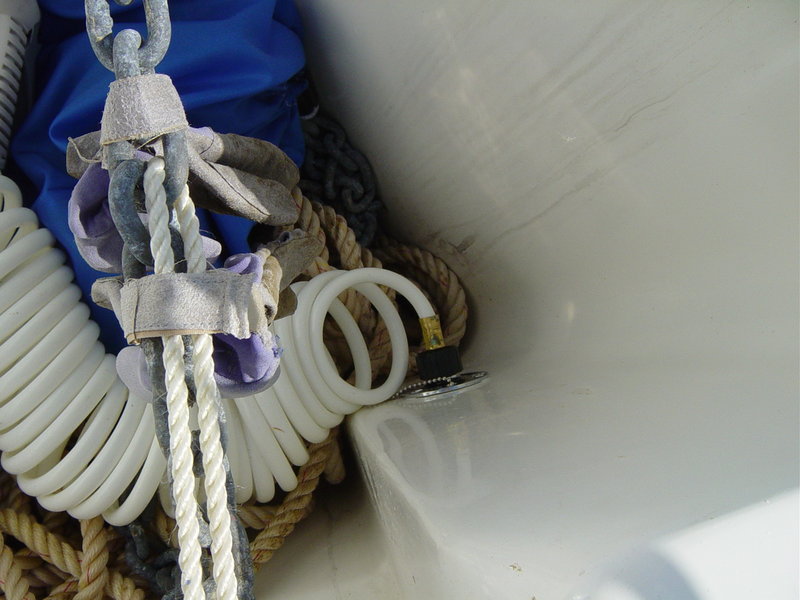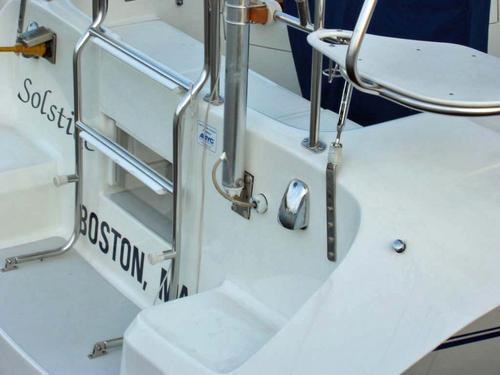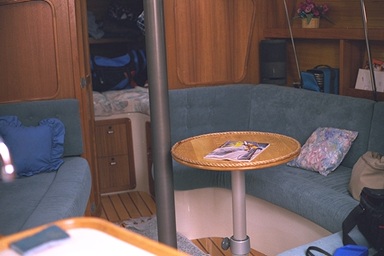Standard Operating Procedures
I am sure that some will be controversial but I like to error on the safe side.
- Thru Hull Fittings. I always close all of mine if I will be away from the boat more than 24 hours.
- Head water thru hull fitting. It is only open when in actual use. (The manual and a placard recommend this.)
- Propane Tank Manual Valve. I only have the manual valve open when using propane. Don’t bet your life on a $12.00 solenoid valve.
- Water Tanks. I use up all the water from the bow tank first then use the stern tank. If we are not on long trips I keep the bow tank empty. This keeps weight aft unless a long trip is underway and for the most part keeps the water fresh.
- Battery Switches. (WindWalker has the start battery on position #1; the house batteries on position #2.)
- I never use both unless it is a start emergency.
- I always use the house batteries #2
- The start battery #1 is only used as a backup or in a test.
- Diesel Fuel
- Keep full in the winter to reduce condensation water from getting into the tank.
- Always add BIOBOR or the similar to keep diesel system clean
- Annually change both fuel filters
- HEAD Only use fresh water. This can come from the telephone shower head or modify the basin discharge with the option to cycle grey water into the head.
- Man Overbroad. Practice the drill each spring.
- Bail out kit. Have a VHF radio, and held GPS and the Flares in a bag in case you need to jump in the dink. ( Our is on Garhauer davits on the back).
- Reefer. On long trips with the engine on select full cold. The select back to +/- 4. Also put a ground cover over the food. This traps the cold air.
- Be kind to the 1st mate.
Cheers, Dick Walker C-320 (687) WindWalker II 740 Olive Ave. Coronado, CA 92118-2136 619.435.8986









